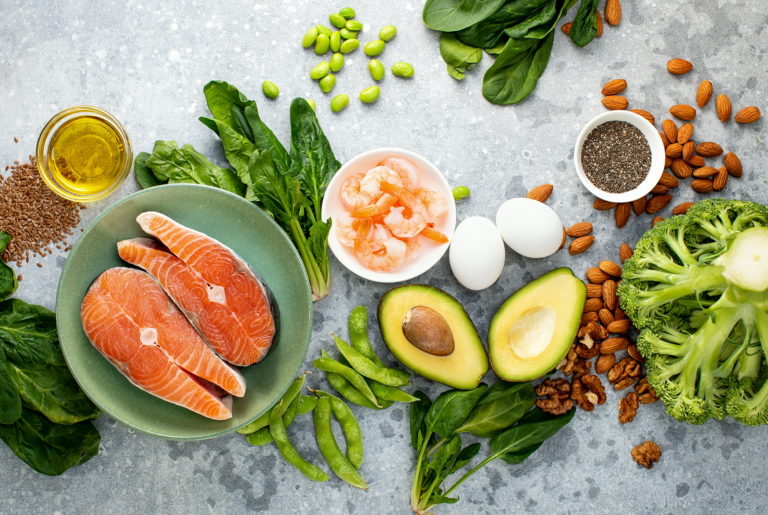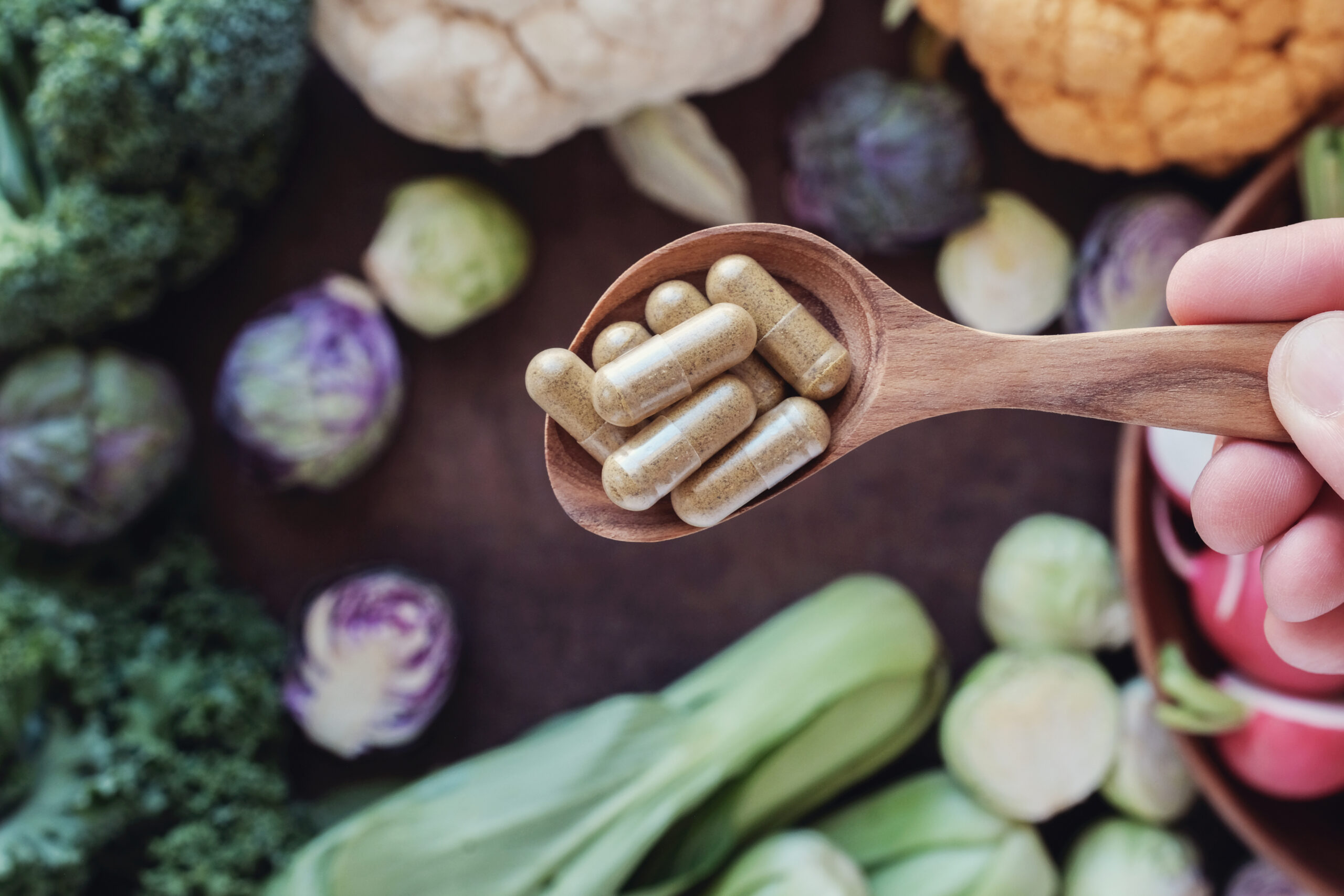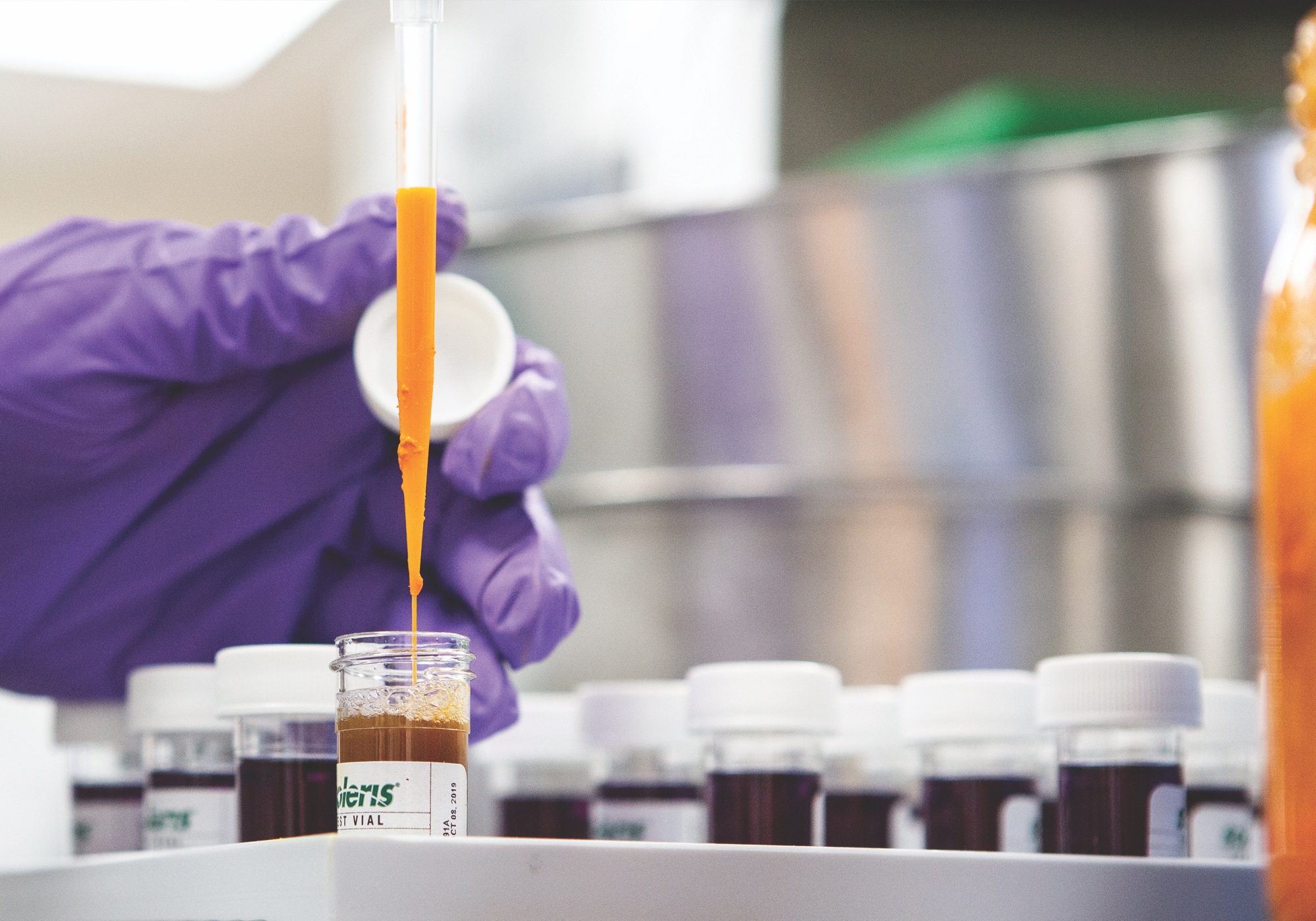Scientific name:Piscidia erythrina
Constituents:
- Glycosides (piscidin)
- Isoflavonoids (ichthynone, durmillone. jamiacin, piscidone, rotenone, sumatrol & lisetin)
- Pyrano-rotenoids (erythynone & hydroxyerythynone)
- Calcium oxalate
- Acids (piscidic, malic, succinic, tartaric)
- Resin
- Volatile oils
- Tannins
- Saponins
Medicinal actions:
- Analgesic
- Anti-inflammatory
- Antispasmodic
- Bitter
- Nervine Relaxant & Sedative
Mechanism of Action & Pharmacology:
- Very little known.
- Isoflavonoids may be antispasmodic and cardiac relaxants.
Pharmacy:
- Decoction
- Tincture
- Capsules
Safety & Toxicity Concerns:
- Rotenone is a mitochondrial toxin which can produce Parkinson syndrome in rats, and is also an insecticide and has anti-cancer activity and is responsible for the plant’s toxicity.
- High doses may cause bradycardia, hypotension, nausea, vomiting, numbness, tremor, sweating, headache, paralysis and death.
- Avoid in pregnancy, lactation, children and the elderly.
- Use caution in CVD and cardiac insufficiency.
Interactions:
- Theoretically may potentiate the effect of sedatives and tranquilizers.







